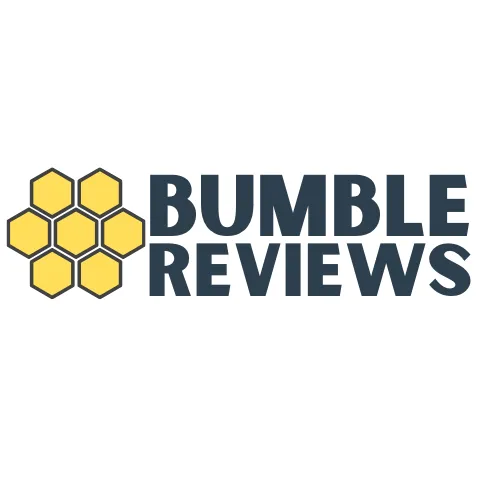
Someone Is Stealing from Your Restaurant… But It’s Not Who You Think!
When I talk to restaurant owners, I hear that a big concern is employee theft. And while that can be an issue, it’s not the real thief draining your profits.
The real problem? What you don’t measure.
The Dime Trick: Where Does Your Money Go?
Running a restaurant is tough. Back when I was in the business, I used to teach my staff a simple lesson to help them understand why every small change matters.
I’d take 10 dimes and lay them on the table. Each dime represented 10 cents of every dollar the restaurant made. Then I’d break it down:
• Food cost? Take away three dimes (30%).
• Labor cost? Another three dimes gone (30%).
• Rent, insurance, electricity? There go three more dimes (30%).
What’s left? Just one dime—10% profit.
This is the moment when their jaws would drop.
“Wait, that’s all the restaurant makes?!”
And I’d tell them: This is the best-case scenario.
Some weeks, a fridge breaks down. Other times, we need extra staff for training. And during slow seasons, I might have to cover bills out of pocket.
The Hidden $30K Mistake
That tiny 10% profit margin is why I taught my team to measure everything.
If we made our burgers just a quarter of an ounce bigger than planned, we could lose $30,000 in a year. That’s real money!
The same applies to your entire business. You can’t improve what you don’t measure. And one of the biggest things restaurant owners overlook? Prime Cost.
What Is Prime Cost?
Prime Cost is the total of your food and labor costs, compared to your sales.
Here’s an example:
• Sales: $10,000
• Labor Cost: $3,000
• Food Cost: $3,500
• Prime Cost = (Labor + Food) ÷ Sales = 65%
Simple, right?
Why Prime Cost Matters
A healthy Prime Cost depends on the type of restaurant:
• Quick service (fast food): 55%–60%
• Full-service restaurants: 60%–65%
This number tells you if your restaurant is profitable or if you’re leaving money on the table.
The $51,000 Wake-Up Call
When I first tracked my Prime Cost, it was 63%.
By measuring it weekly and making small changes, I got it down to 57% over the next year.
“That’s just 6%,” you might say.
But for a restaurant doing $800K in sales, that 6% meant an extra $51,000 in profit.
As we passed the $1 million mark, that became $60K+ added to the bottom line—just by tracking and tweaking Prime Cost!
The Gelato Shop That Didn’t Add Up
I once looked into buying a gelato shop in a tourist hotspot. Their spreadsheets showed low labor costs—which made sense. But their food cost? 11%.
🚨 Major red flag.
I knew from experience that a Prime Cost that doesn’t make sense usually means something isn’t right. And sure enough, after digging deeper, their numbers didn’t hold up.
How to Start Tracking Prime Cost
There are tons of tools to help you measure Prime Cost.
• You can build a simple spreadsheet in Excel.
• Or use a paid tool like ClickBacon (my favorite—created by restaurant expert Ryan Gromfin).
ClickBacon does way more than track Prime Cost. It helps with budgets, rolling 4-week averages, menu engineering, and checklists—making it super easy to increase profit without guessing.
(Here’s my affiliate link—yes, I’d recommend it for free, but it’s nice to add to my bottom line!) https://www.clickbacon.com?orid=65084
The Real Thief in Your Restaurant
Employee theft? Sure, it happens.
But the real thief is not knowing your numbers.
Ignorance steals more money than any dishonest employee ever could.
Want to build a profitable restaurant? Learn about Prime Cost, menu engineering, and marketing—because these are just some of the skills that create wealth in your business.
And if you need help with marketing and AI tools to grow your restaurant, I’m here to help!
Some of our partners
Who Do We Work With?

Technology Driven
Fresh, creative solutions.

No Contracts Ever
Cancel anytime

Excellence
We guarantee success, or you don't pay

FOLLOW US
COMPANY
CUSTOMER CARE
LEGAL
Copyright 2025. Adeline Restaurant. All Rights Reserved.
